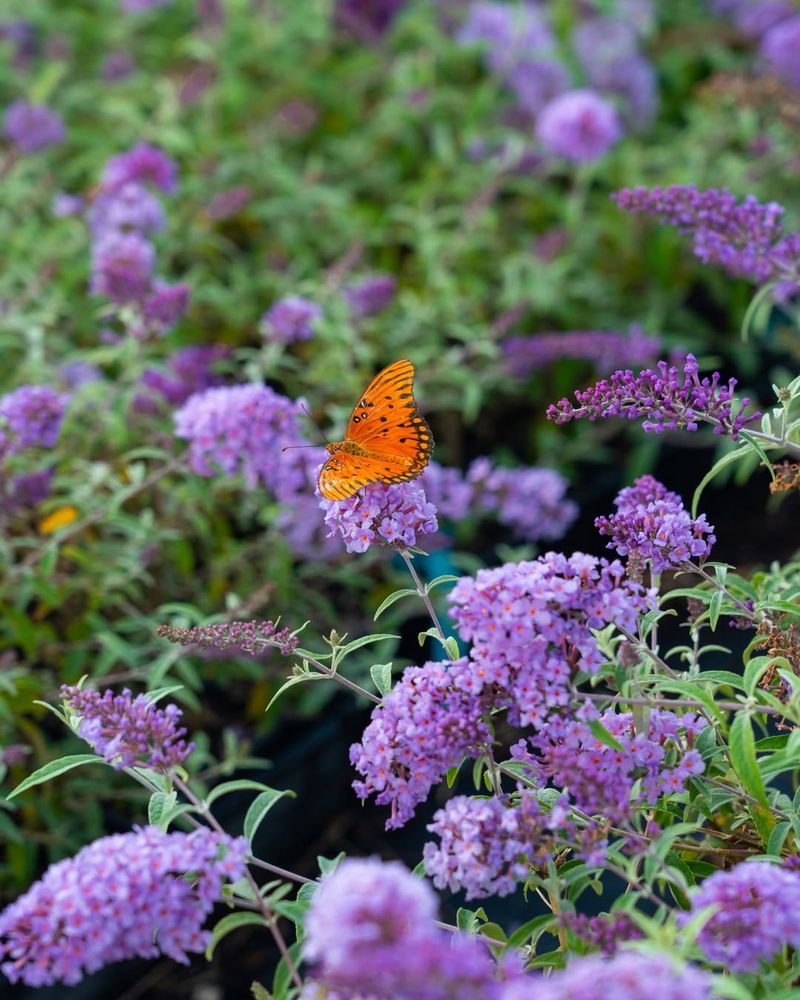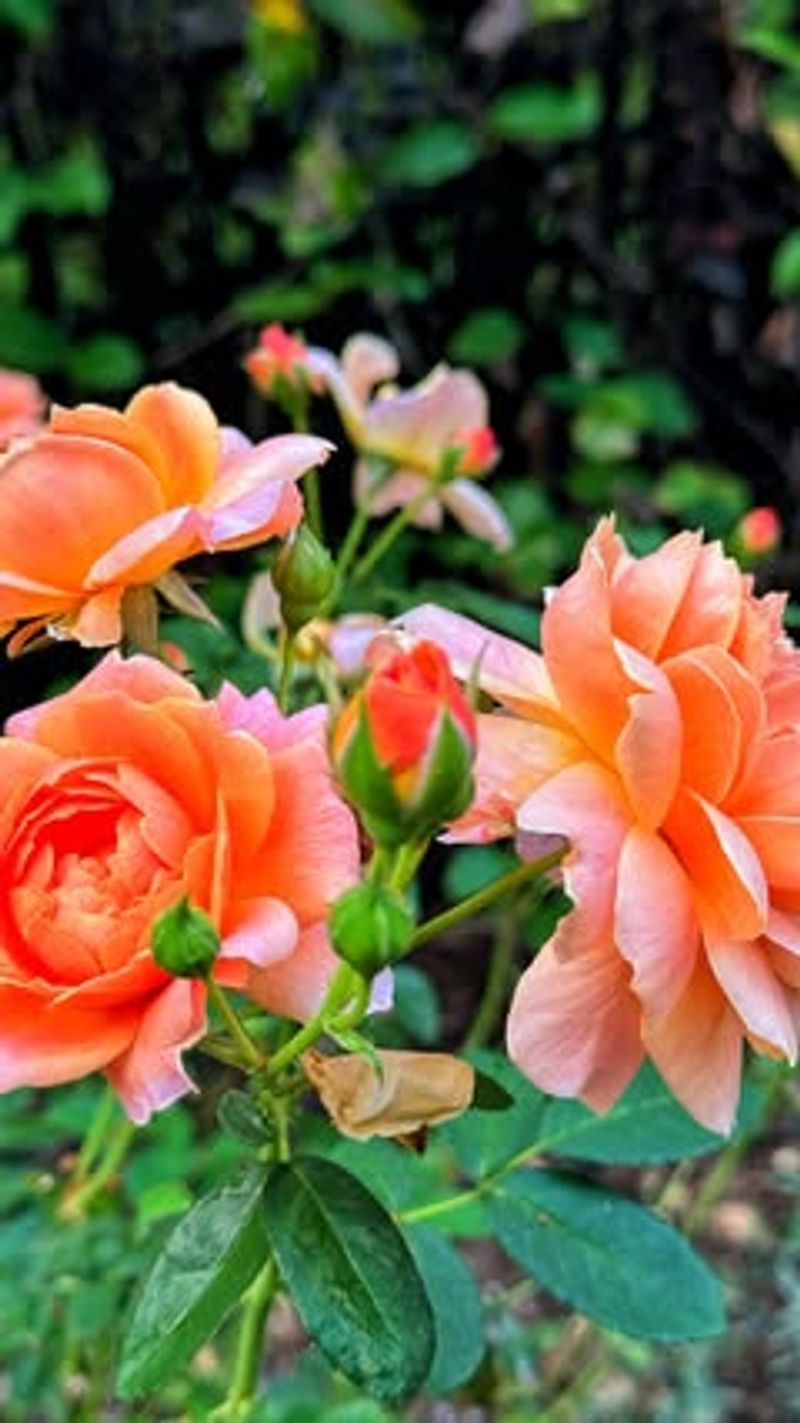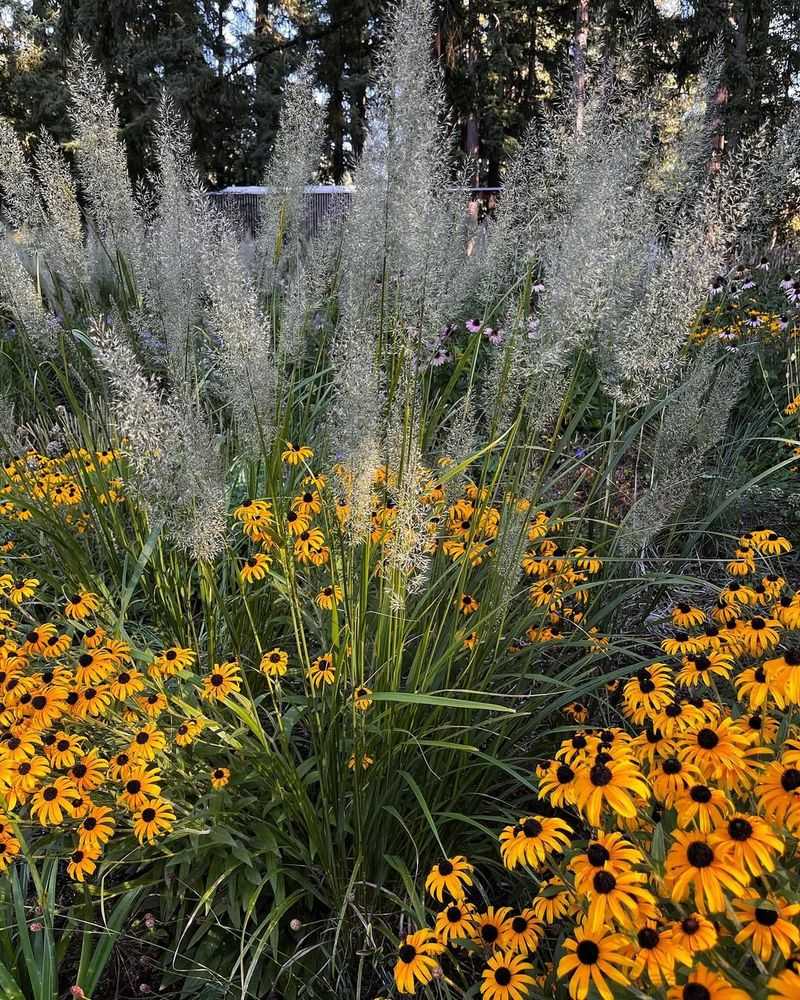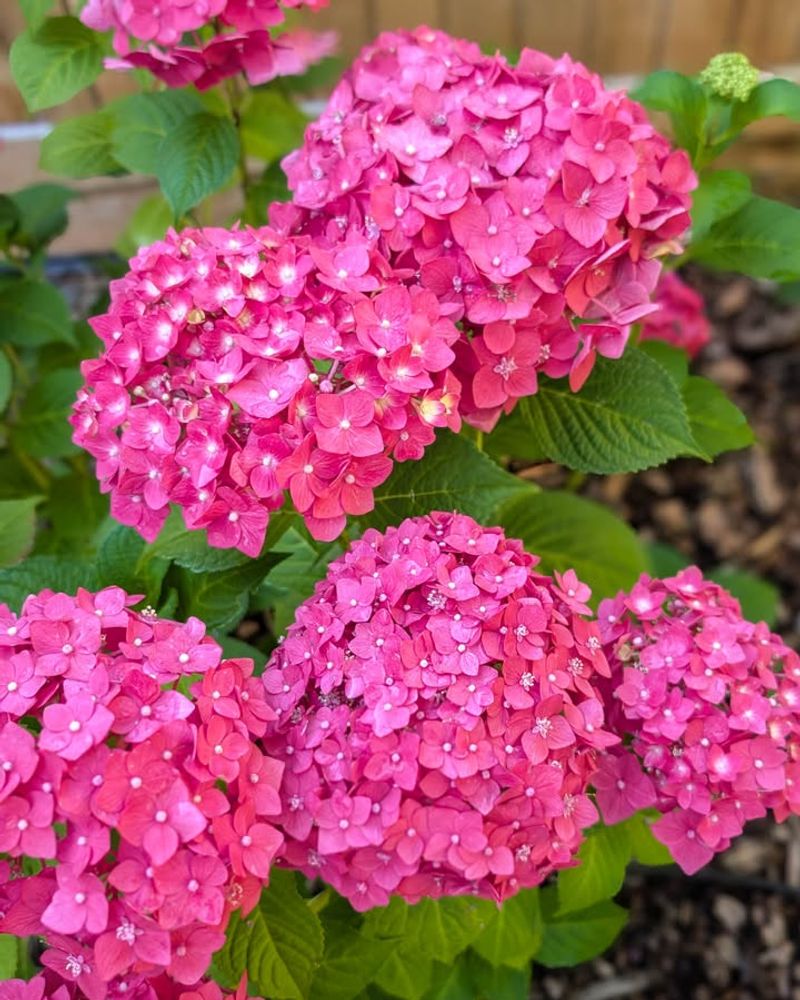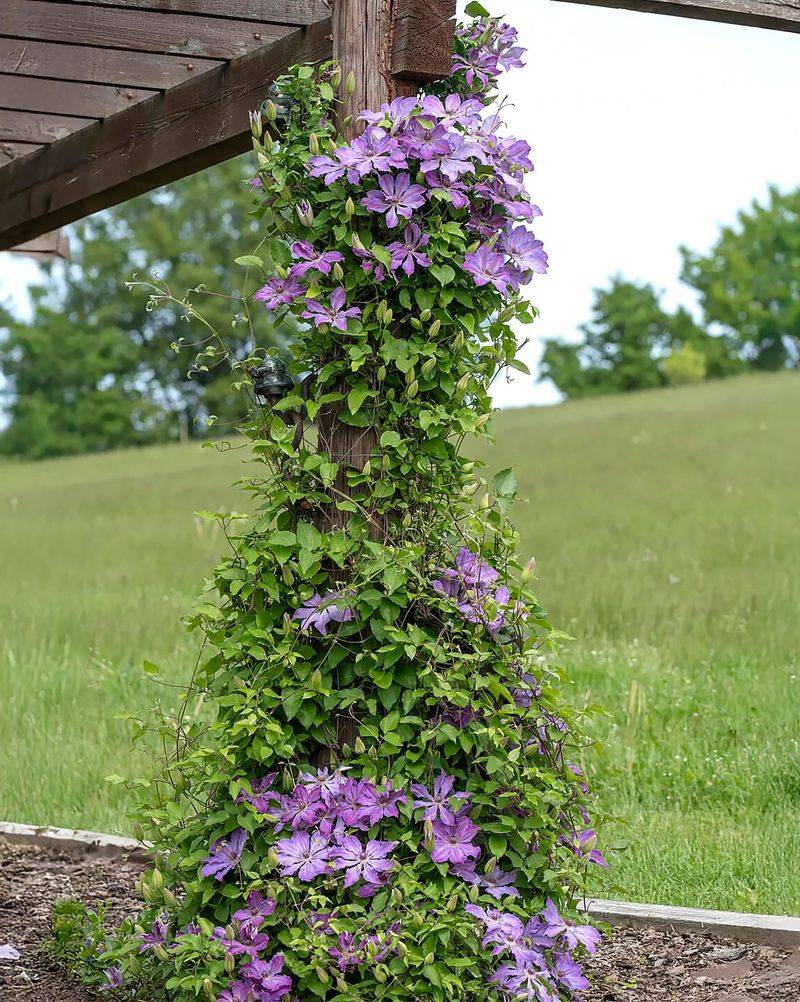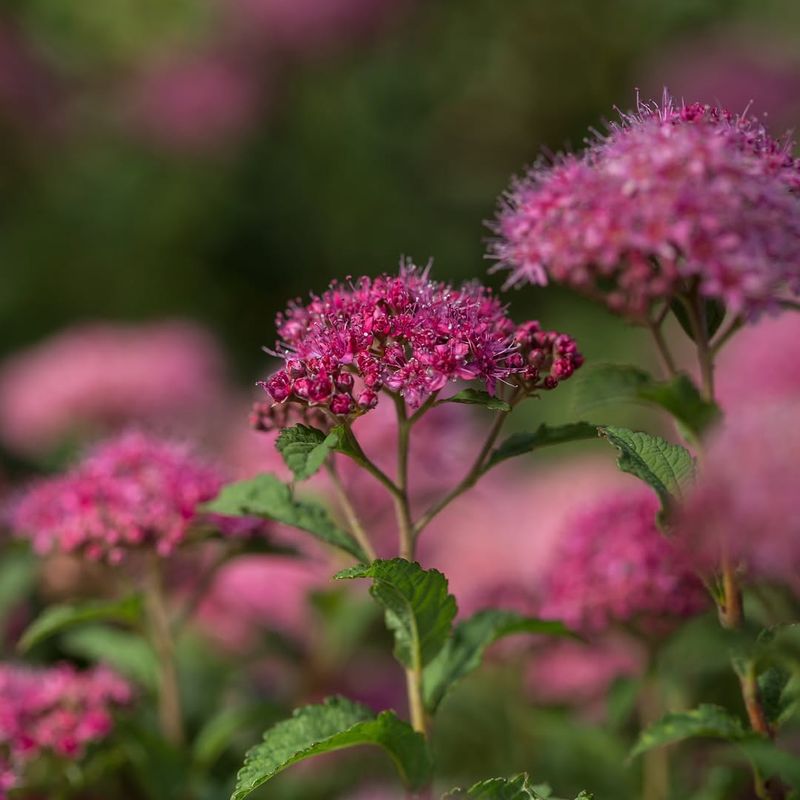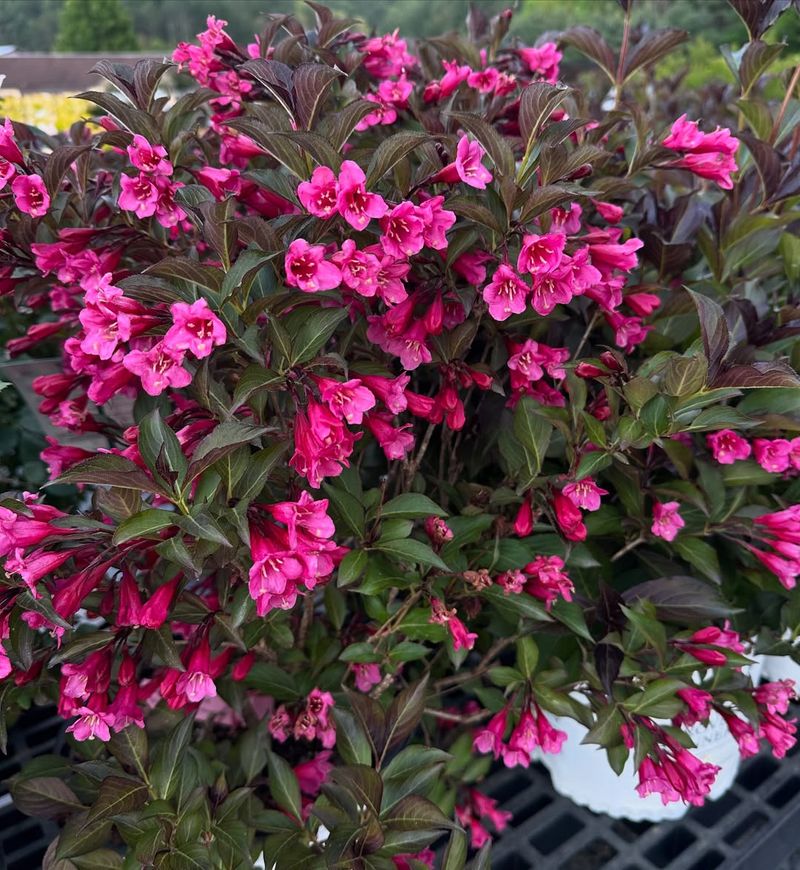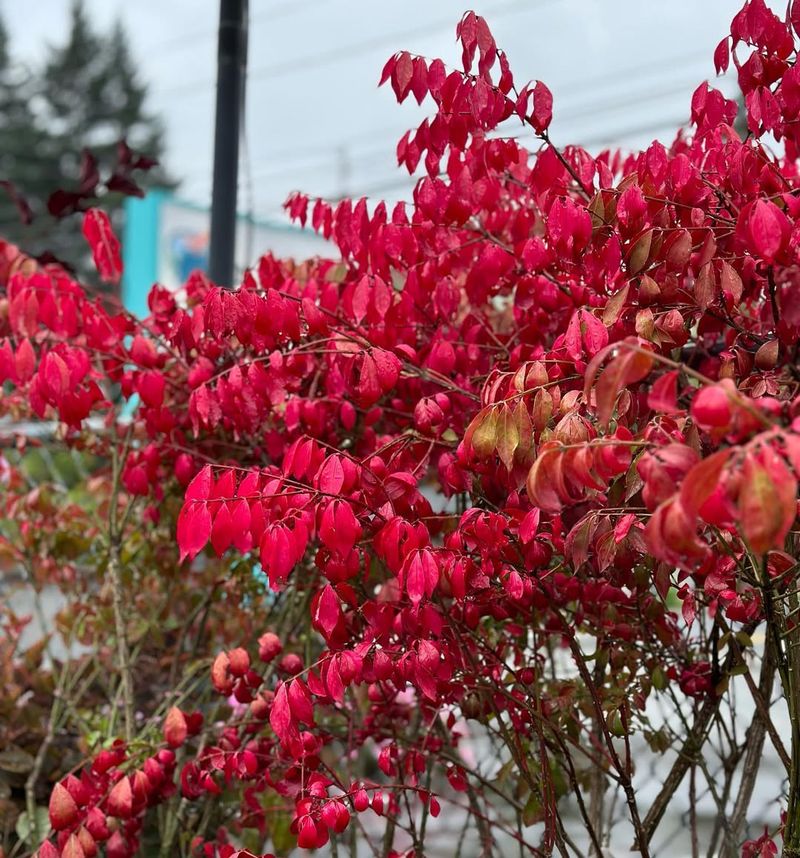November marks the perfect time to grab your pruning shears and prepare your ornamental plants for the cold Pennsylvania winter ahead. Proper pruning during this dormant season helps your shrubs and trees maintain healthy growth patterns and prevents disease from taking hold.
Whether you’re tending a garden in Pittsburgh or caring for plants in Philadelphia, these late-fall pruning tasks will set your landscape up for success come spring.
1. Butterfly Bush
Late autumn gives you the chance to cut back butterfly bushes without worrying about interrupting their bloom cycle. Pennsylvania gardeners know this plant can become leggy and overgrown if left untrimmed through winter.
Cutting stems down to about 12 inches from ground level encourages stronger growth when warmer weather returns. This aggressive pruning might seem drastic, but butterfly bushes respond beautifully to hard cuts.
Remove any dead or damaged wood first, then shape the remaining stems to promote better air circulation throughout the plant.
2. Rose Bushes
Roses benefit tremendously from a November trim, especially hybrid teas and floribundas that need shaping before frost settles in for good. Start by removing any diseased or crossing canes that could rub together and create wounds.
Pennsylvania’s unpredictable weather patterns make timing important—wait until after the first hard freeze signals dormancy. Cut canes back by about one-third of their height to reduce wind damage during winter storms.
Clean cuts made at 45-degree angles above outward-facing buds help water drain away and prevent rot from developing.
3. Ornamental Grasses
Waiting until November to cut back ornamental grasses gives you months of visual interest through autumn and provides shelter for beneficial insects. Many Pennsylvania gardeners leave grasses standing through winter for texture, but late fall works perfectly if you prefer tidier beds.
Bundle the foliage together with twine before cutting to make cleanup easier and prevent spreading seeds everywhere. Slice through the clump about 4-6 inches above the crown using sharp hedge shears.
Wear gloves since grass blades can be surprisingly sharp and irritating to bare skin during handling.
4. Hydrangeas
Knowing which hydrangea variety you’re growing makes all the difference when November pruning time arrives in Pennsylvania. Smooth hydrangeas and panicle types bloom on new wood, so cutting them back now won’t sacrifice next summer’s flowers.
Remove spent flower heads and trim stems to your desired height, keeping the plant’s natural shape in mind. Bigleaf and oakleaf hydrangeas should only have dead wood removed since they bloom on old growth.
Take time to identify your variety before making cuts to avoid accidentally removing next year’s buds.
5. Clematis Vines
Clematis pruning confuses many Pennsylvania gardeners because different groups require completely different approaches during November. Group 3 clematis varieties that bloom on new wood can be cut back hard to about 12 inches above ground level.
This drastic pruning encourages vigorous spring growth and abundant flowering on fresh stems. Group 1 and 2 types need only light tidying, removing dead stems and shaping gently.
Check plant tags or research your specific variety before grabbing shears to ensure you’re following the right pruning protocol for success.
6. Spirea Shrubs
Summer-blooming spirea varieties welcome a good November pruning session after they’ve dropped their leaves across Pennsylvania gardens. These tough shrubs produce flowers on new growth, making late fall the ideal time for rejuvenation cuts.
Remove about one-third of the oldest stems at ground level to encourage fresh shoots and maintain an open, attractive shape. Thin out any crossing branches that create congestion in the center of the plant.
Spring-blooming spireas should wait until after flowering since they bloom on old wood and need different timing.
7. Weigela
Weigela shrubs develop their best shape when pruned after flowering ends, but November offers Pennsylvania gardeners a second chance to tidy up overgrown plants. Focus on removing the oldest, thickest stems right down to ground level to promote younger, more vigorous growth.
This renewal pruning keeps weigelas from becoming woody and unproductive over time. Trim back any wayward branches that disrupt the shrub’s natural arching form.
Avoid cutting back too much green wood since weigela blooms on previous year’s growth and heavy pruning reduces spring flowers.
8. Burning Bush
After putting on a spectacular red show throughout October, burning bushes across Pennsylvania enter dormancy and become perfect candidates for November pruning. These shrubs tolerate heavy shaping and respond well to corrective cuts that improve their dense, rounded form.
Remove any dead, damaged, or diseased branches first, then step back to evaluate the overall shape before making additional cuts. Thinning interior branches improves air circulation and reduces disease pressure during humid summer months.
Light annual pruning keeps burning bushes manageable and prevents them from requiring drastic renovation cuts later on.


